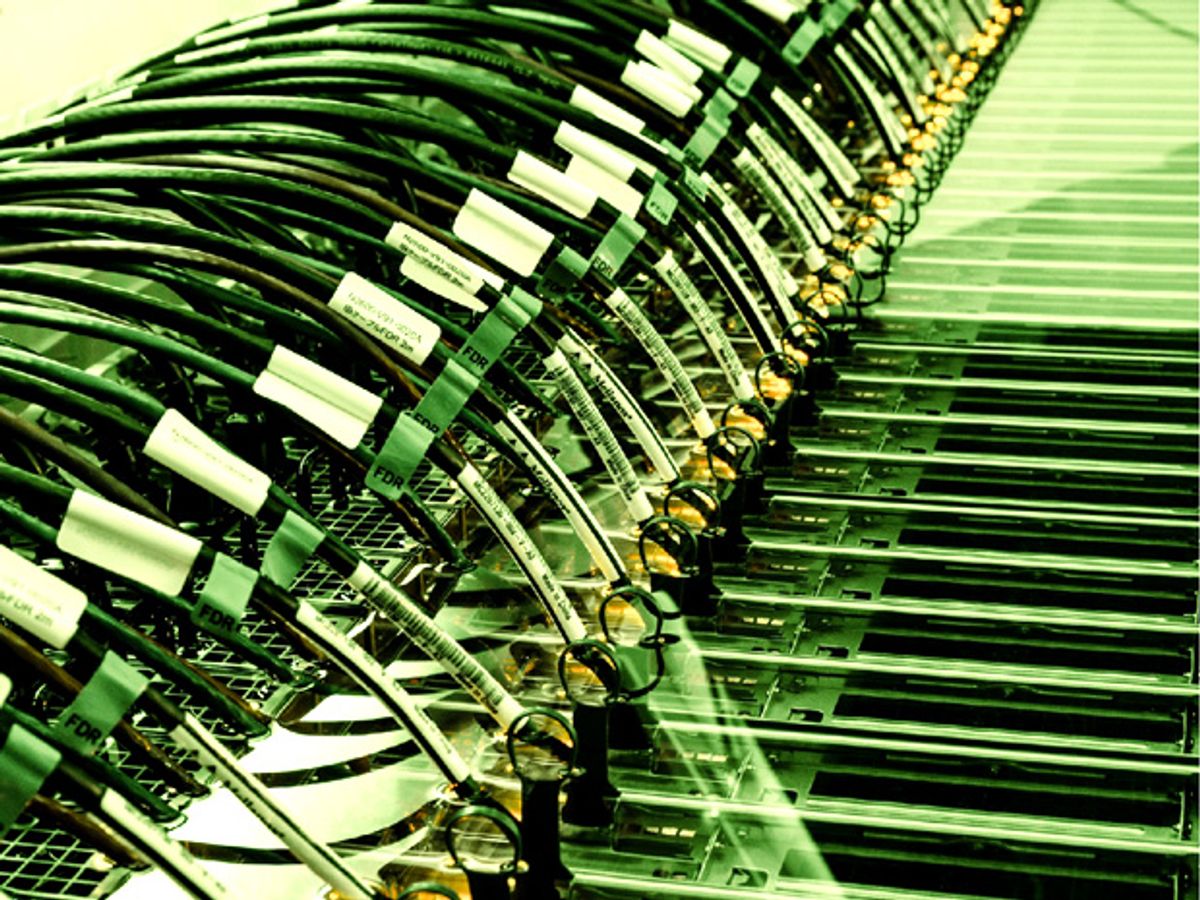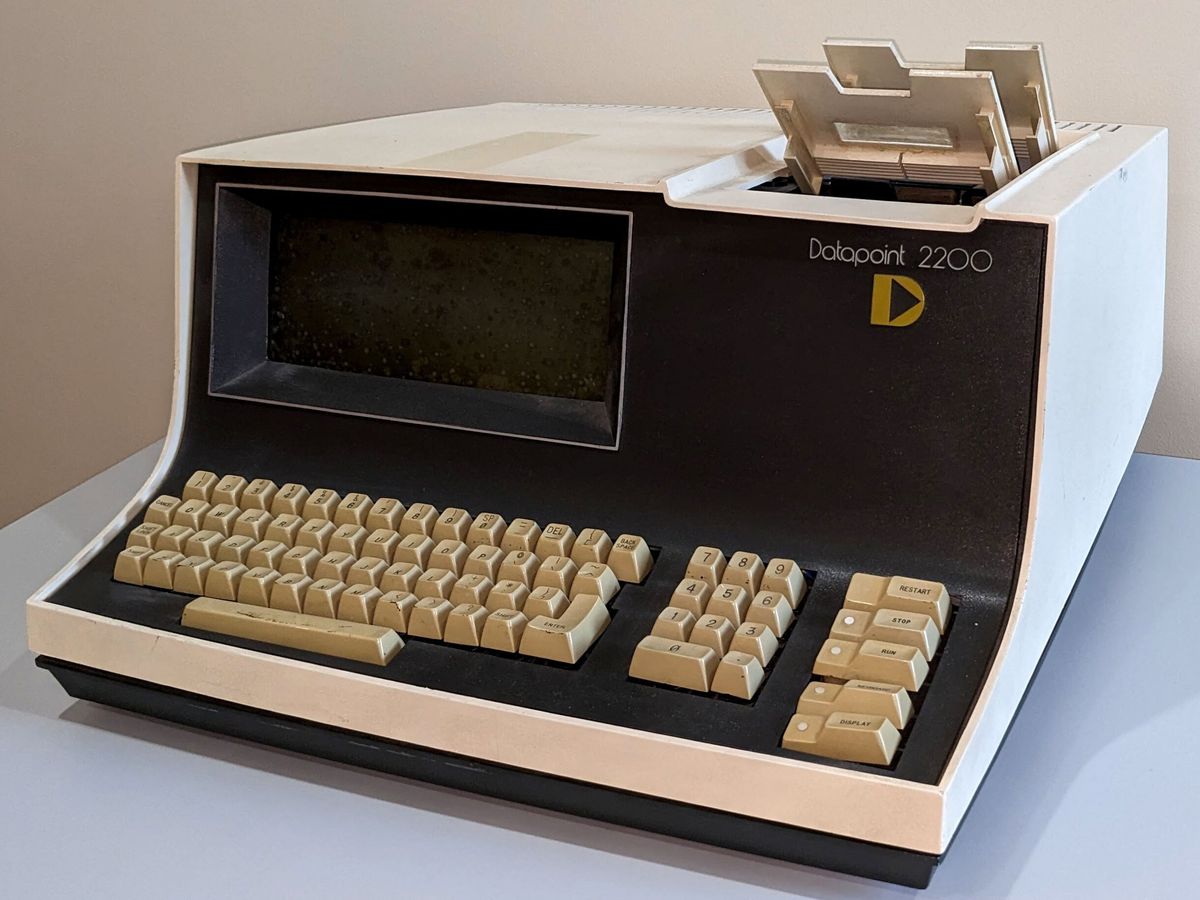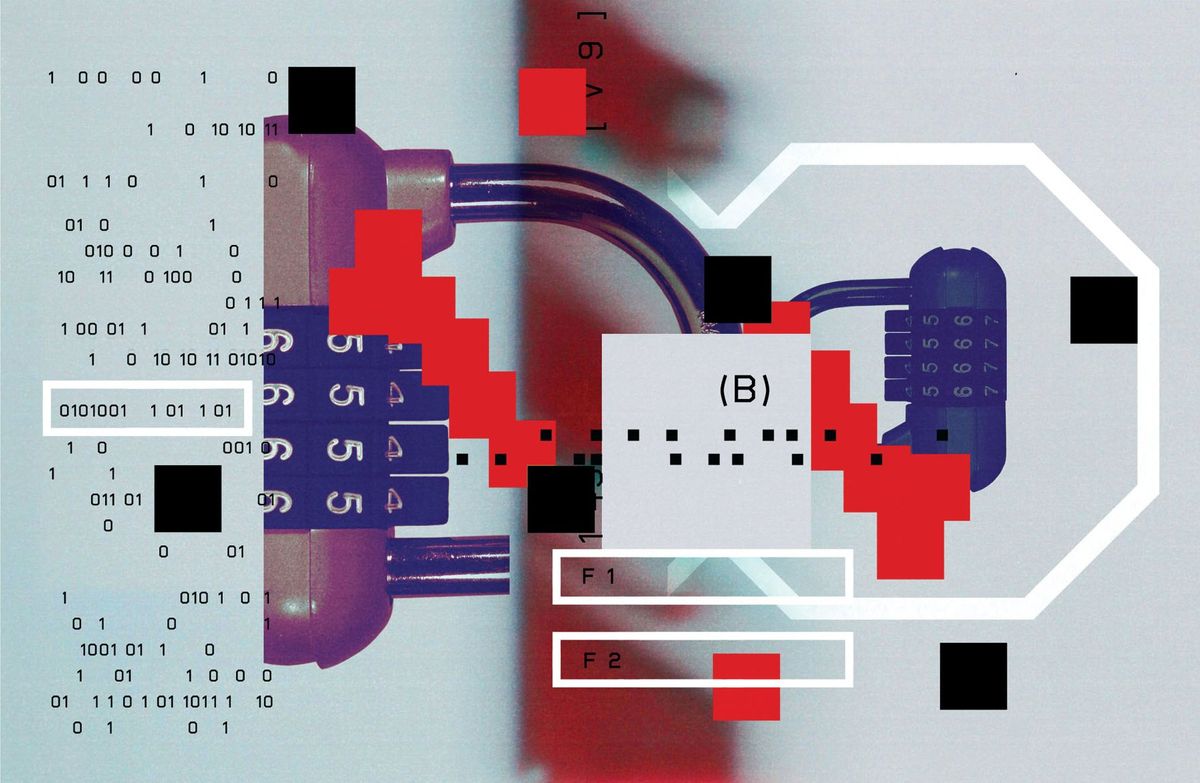Twice a year, three Top500 lists come out to rank the world's supercomputers by either their overall performance, their ability to parse enormous data sets, or their minimal environmental impact. And last week the
Top500,
Graph500 and
Green500 were released at the
SC13 conference in Denver.
For more than 20 years, the Top500 list has used analysis of brute force computing power, the number of floating-point operations each machine could process per second, to determine the rankings for supercomputers. But parsing data and reducing environmental impact are two trends that have led to the Graph500 and Green500 lists.
The Green500 list provides a window into how difficult it is to build a supercomputer that can compete in terms of efficiency and low energy consumption. Only one supercomputer on this year's Green500, the
Piz Dainte from the Swiss National Supercomputing Centre, is also ranked in the top 10 of the Top500.
Green supercomputers tend to be "heterogeneous," meaning that their processor cores use multiple architectures that lend themselves to different computing tasks. Traditional processing elements like central processing units (CPUs) and graphical processing units (GPUs) are integrated with various coprocessors so any calculation the computer may perform can be done in the most efficient way possible.
The founder of the Green500 list, Virgina Tech computer scientist
Wu Feng, told
IEEE Spectrum in July that, "Overall, the performance of machines on the Green500 List has increased at a higher rate than their power consumption. That's why the machines' efficiencies are going up." But he added that gains at the top of the list are more dramatic than the improvements down the rankings.
Photo: NVIDIA/Tokyo Institute of Technology
From Your Site Articles
The Conversation (0)




